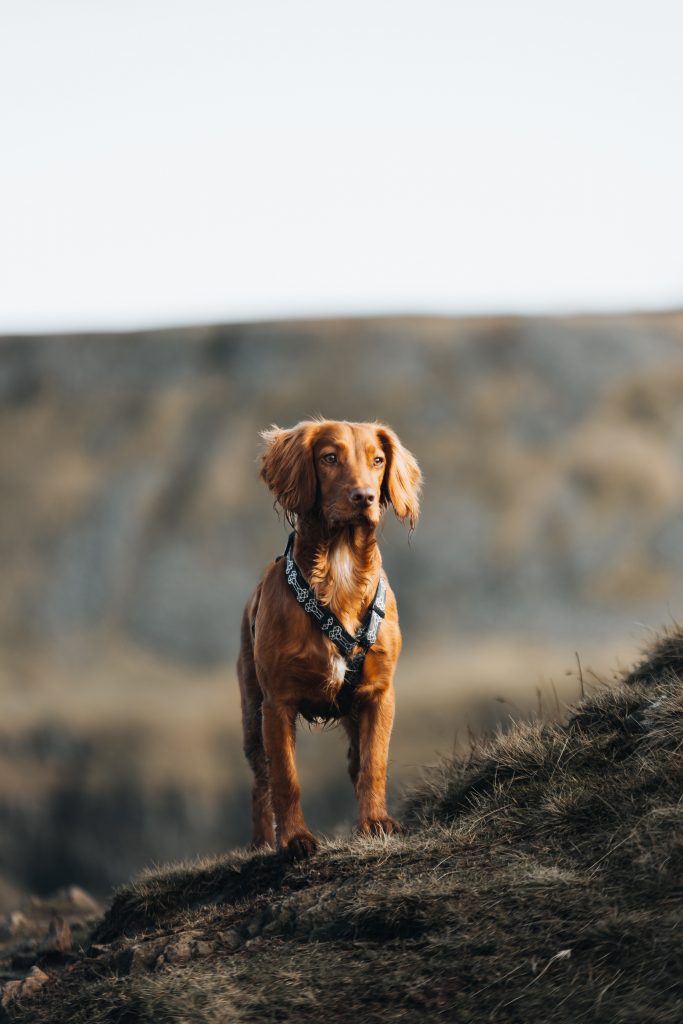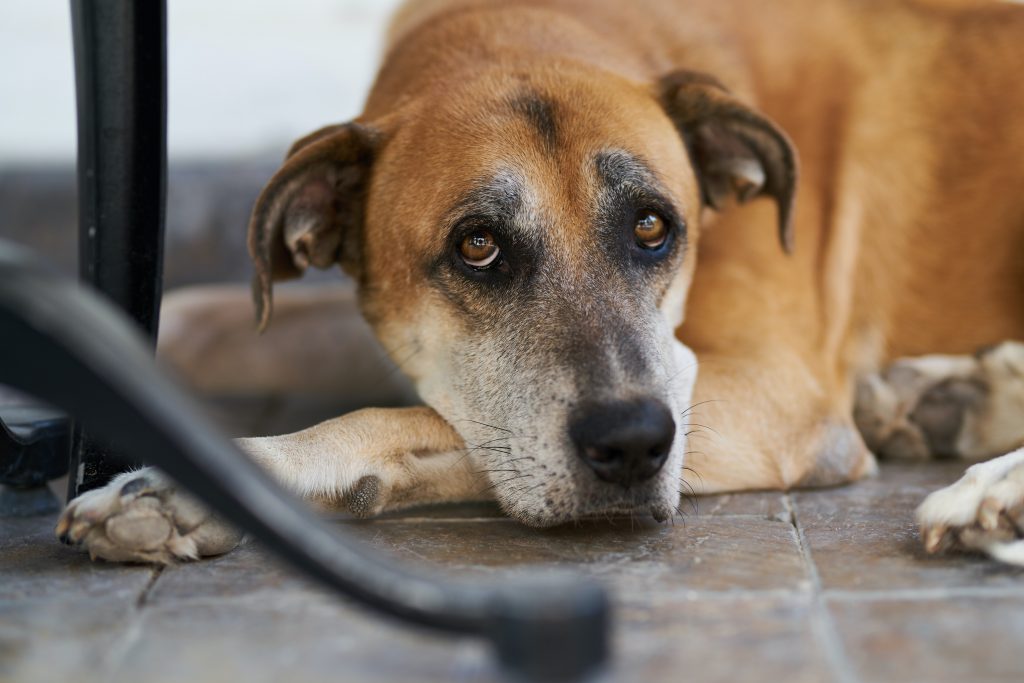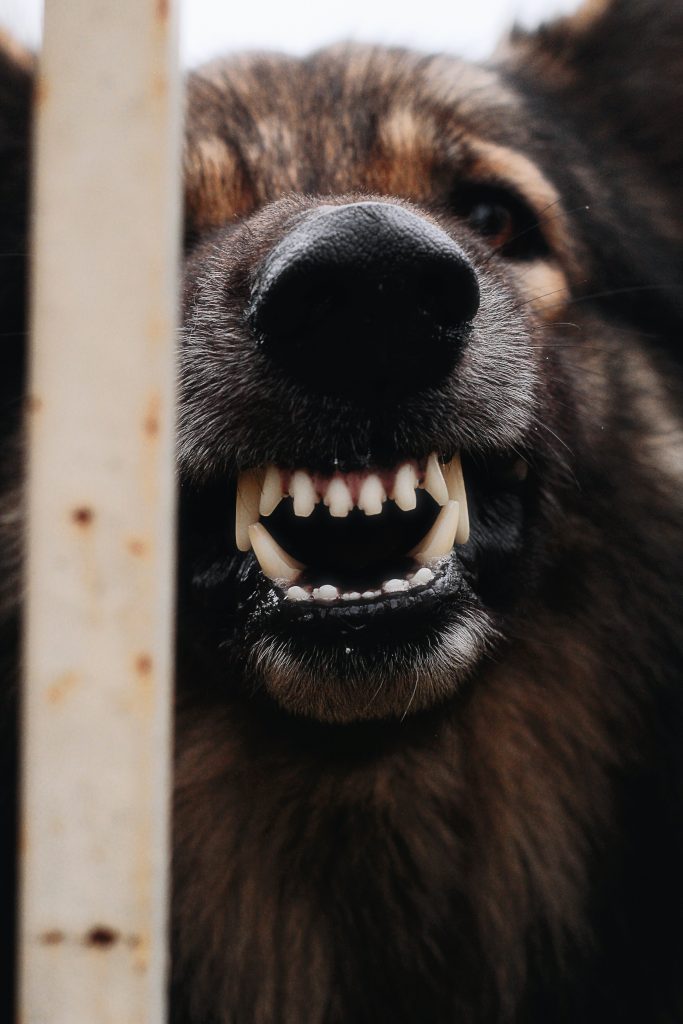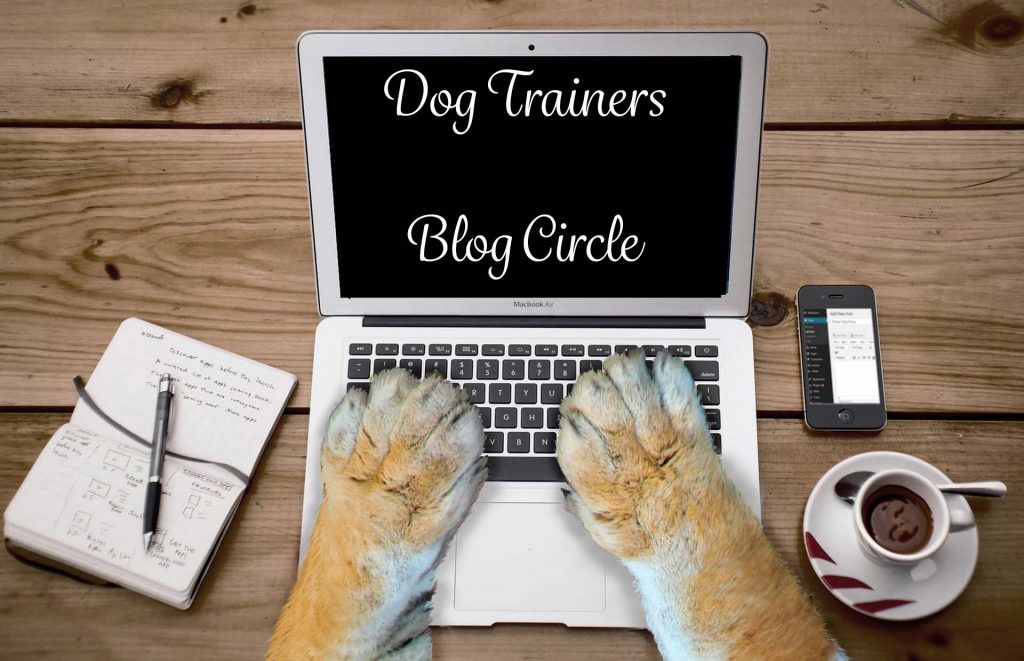Why is dog body language important?
Our dogs spend their whole lives quietly (some more quietly than other hehe) observing us and our actions. Dogs know when we are angry, sad, happy etc. They use all their senses to assess us and what we are doing. Dogs are even able to smell the difference in our scent when our blood sugar is low. Dogs are officially experts in people!
As people we are already at a disadvantage on this front so it is important we use our available senses in this case sight to watch our dogs and their body language and try to assess what is going on.

Dog body language key points
Dog body language is a vast topic so we thought it may be easiest to list a few key areas of dog body language to look out for.
- Body posture
- Tail
- Eyes
- Ears
- Mouth
- Vocalisation
Body Posture
Lets look at the dogs body as a whole first and how it uses posture to communicate.

Dogs can show erect and stiff posture when they are excited, alarmed or excited. This is often paired with staring and in this stance their tails will often also be stiff. When a dog does this you often only have a few seconds before the dog follows through with another behaviour such as showing aggression, vocalisation or over exuberance. If your dog demonstrates this behaviour the best thing to do is get them to disengage with whatever stimulus they are looking at and focus back on you and get them moving.
Dogs will also show a hunched and low body position, this can be a sign of stress or submission. Sometimes they may even roll on to their backs. These signs should not purely be taken that a dog is submissive and not aggressive. If a dog is exhibiting these behaviours due to fear or stress the worst thing you can do in encroach on the dog believing all is well. This can often end in the dog feeling they have no other choice but to up their behaviour and possibly growl or snap. Again the best thing to do is encourage the dog to come with you and don’t look directly at them.
Of course dogs will also lie on their backs when being playful so it is important to learn about your dog and what’s normal. A playful dog is often more mobile and fluid when on their backs where as one doing this to show submission and fear is more rigid.
Tail

Tail wagging is mainly thought to display that a dog is happy, but speed and position of the tail can show other things. A nice relaxed slow wagging tail can show a dog is content and relaxed where as a fast moving tail can show high excitement. Dogs will also wag their tails low and slow when showing submission. That said don’t take a wagging tail to mean a dog is friendly, a very alert dog may also wag their tail so it is important to look at what the dogs body is doing as a whole.
As mentioned previous dogs will often have a stiff and erect tail when alert and assessing a situation.
A nervous or anxious dog may tuck their tail right under them. This could also be a sign a dog is in pain or cold.
Eyes
It is said that the eyes are the window to the soul and this is true with dogs. Dogs eyes can give us big clues to help us know what they are thinking.
Dogs eyes can often be “soft” and relax when they are content and happy, conversely if they are wide and staring this can mean they are concerned or excited by what they are looking at.
One to look out for is something we call “whale eye” in dogs, this is where the white of the eye is shown. People can often mistake this for “puppy dog eyes” but it is a sign that should not be ignored and generally means the dog is experiencing anxiety or is uncomfortable about the current situation.
You often see dogs show “whale eye” if they are being touched in a way they don’t appreciate. Don’t ignore it as if we ignore a dogs subtle cues they have to up their game to be more obvious which is often growling or snapping. Many dog will not give a warning growl so take notice.
Ears

Dogs ears are another body part they use to display how they are feeling. An alert dog will usually have pricked ears pointed in the direction of what they are looking at if they are upright ears.
Conversely a dogs ears may be flat and back if they are anxious or worried.
Mouth
Everyone instantly pictures a set of pearly whites of a guard dog when you mention dog mouth body language and that is one of the most obvious signs people recognise as aggression in dogs, but there is more to consider when thinking about a dogs mouth.

Dogs can display lip licking or excessive yawning when they are anxious. Tension builds up in a dogs jaw when anxious and the yawning is a dogs way of trying to release this. Fast panting can also be a sign of stress, but take into account the temperature as this can also indicate the dog is hot and is attempting to cool itself down.
A content dog will generally have a relaxed and soft mouth.
Vocalisation
Dog generally use vocalisation as a last resort when all the other body language has been used first.
Again this is a case of knowing your dog, some dogs are more vocal than others. Whilst a growl is usually a sign that a dog is not happy about a situation and should definitely not be ignored.
Many dogs will also make a growl like noise when playing, learn what is normal for your dog. It is worth bearing this in mind when your dog interacts with other dogs also, as if the other dog is a quiet dog whilst playing it may find your noisy dog off putting.
A scared or anxious dog may also vocalise if pushed, they may whine or cry out like they are in pain.
In summary
It is always important to note that all dogs are different and although we generalise much of their body language it is crucial that you assess the dog in front of you. There are always going to be dogs that haven’t read the “body language for dogs” guide book and act differently. This is why is it essential to look at the dog as a whole as you may be confronted with a dog that is wagging their tail but exhibiting other signs they are uncomfortable.
Spend some time watching your dogs and take note of the indications they give you. We need to try and become as expert reading them as they are us.
Around the circle

I am part of a fabulous blog circle with other dog trainers. Each blog in the circle links to the next so you can read what each of them has to say about choosing the right dog.
So next in the circle is –
Dawn Seago of K9 Lifestyles Dog Training in Norfolk. Who talks about her take on dog behaviour
